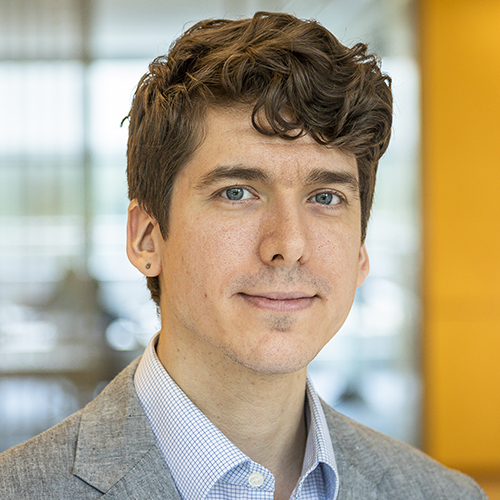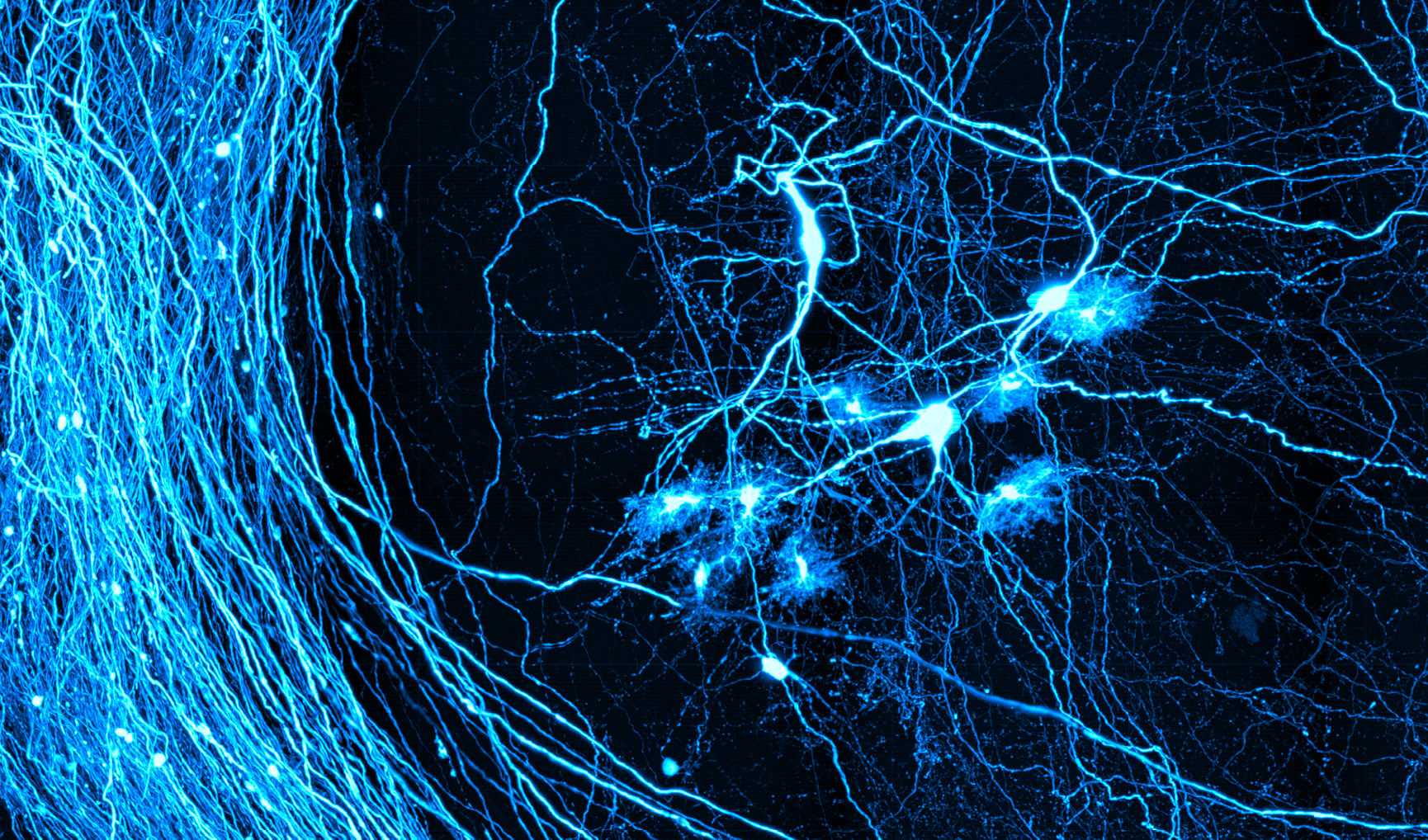New Faculty Member Jeffrey Demas and the Path to the ‘Light’ Side
 Jeffrey Demas, PhD, is, in his own words, “unapologetically a huge nerd.” One of the newest faculty members in the Neurophotonics Center at Boston University, Demas says he grew up on the Star Wars movies: the “space opera” series with planet-killing space stations, swords made of light, and robots with distinct and occasionally grating personalities. “When I was a kid,” he says, “we had the original series on BetaMax — the ‘Special Edition’ box set, I think. We played those tapes until they wore out.”
Jeffrey Demas, PhD, is, in his own words, “unapologetically a huge nerd.” One of the newest faculty members in the Neurophotonics Center at Boston University, Demas says he grew up on the Star Wars movies: the “space opera” series with planet-killing space stations, swords made of light, and robots with distinct and occasionally grating personalities. “When I was a kid,” he says, “we had the original series on BetaMax — the ‘Special Edition’ box set, I think. We played those tapes until they wore out.”
Unlike most Star Wars-obsessed kids, though, Demas had a personal connection to the movies that both fueled his love of the series and set him on the path to becoming a scientist working in the field of neurophotonics. An uncle worked for the groundbreaking visual effects shop Industrial Light & Magic (ILM) “pretty much from the early inception of the movies.” Star Wars creator George Lucas had launched ILM in 1975 to help bring his space opera to life — by creating, for example, the massive laser cannon sited on the “Death Star” and used to blow up a planet, and the hand-held weapon called a “lazer sword” in early drafts of the script but forevermore known as the “lightsaber.”
Because his uncle lived across the country in California, Demas didn’t get many opportunities to see him when he was a kid. “So he was this mythological figure who got me into these movies,” he says. And his love of the movies set him on a career path that would ultimately lead him to the Neurophotonics Center. Inspired by the many wondrous technologies in Star Wars, he knew early on that he wanted to be an engineer. Then, while an undergraduate at the University of Rochester, he discovered the optics program in the School of Engineering & Applied Sciences.
“I was like, ‘Oh, this is a job? I can work with lasers professionally?’ Having realized this, and still animated by a fascination with the adventures of a scrappy group of rebels in a galaxy far, far away, he dove into the world of optics. Initially, he says, his interest in laser technology was oriented in a particular direction — “less lightsabers, more Death Star.” Over time, though, his journey into the science of light has taken a decidedly benevolent turn. “I like to think that my personal politics and ethics have evolved to the point where I’m using lasers for good and not for evil.”
Indeed he is. Demas did his PhD work in the Electrical Engineering department here at BU. He focused primarily on optical physics and laser science but also developed an interest in neuroscience. As it happened, the Neurophotonics Center was taking its first steps as he completed his PhD and moved on to a postdoctoral fellowship at Rockefeller University. So when he was invited to return to Boston to pursue the development of optical imaging technologies for neuroscience applications, he jumped at the chance.
Demas says he appreciates the intersection of photonics and neuroscience as a collaborative space. During his PhD, when he was developing high-power lasers at novel wavelengths, he discovered that neuroscientists are a different breed when it comes to adopting new technologies. “I found that neuroscientists don’t shy away when things don’t go to plan, when we have to put tape on the microscope or something like that.” Now back in Boston, he is thrilled to “continue in this spirit” in working with the Neurophotonics Center.
In his new lab, he plans to focus less on the functionality of the optical imaging technologies he is developing and more on the fundamental physics: for example, by investigating the properties of light at higher spatial frequencies and what sorts of information can be gleaned from the light. “I’m interested in seeing what are the corners we can pull at that maybe five years down the road are the things people are trying to develop and engineer,” he says.
And because it is such a collaborative environment, where everyone is willing and indeed eager to roll up their sleeves and dive headlong into a problem, the Neurophotonics Center is the perfect place in which to do this.
